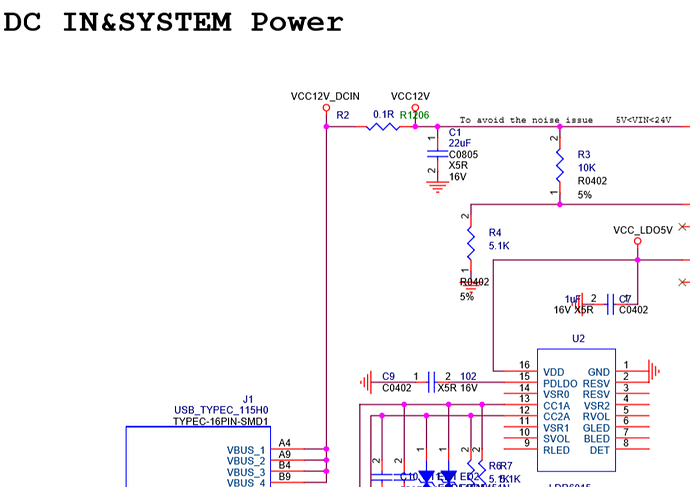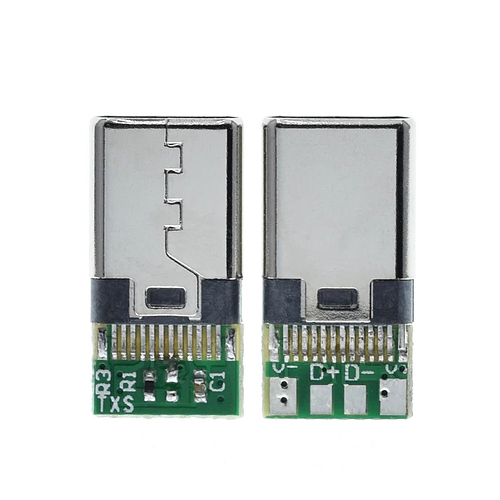True 
If I shoot for efficient I want at least 95%, better 97% (or better). 90% is ok-ish, but keep in mind that those are the manufacturers claims. I don’t know how much effort they put it to produce those numbers and how hard it would be to re-produce them in your own design.
I suspect that the cheap DC-DC converter modules are optimised for minimal PCB space and therefore are probably not the best in terms of efficiency. Additionally you probably have … let’s call it “questionable components” (inductors, capacitors, diodes) where I also suspect that they are not optimized for maximum efficiency.
If I want an efficient DC-DC I would at least go for something synchonously rectified.


 .
.